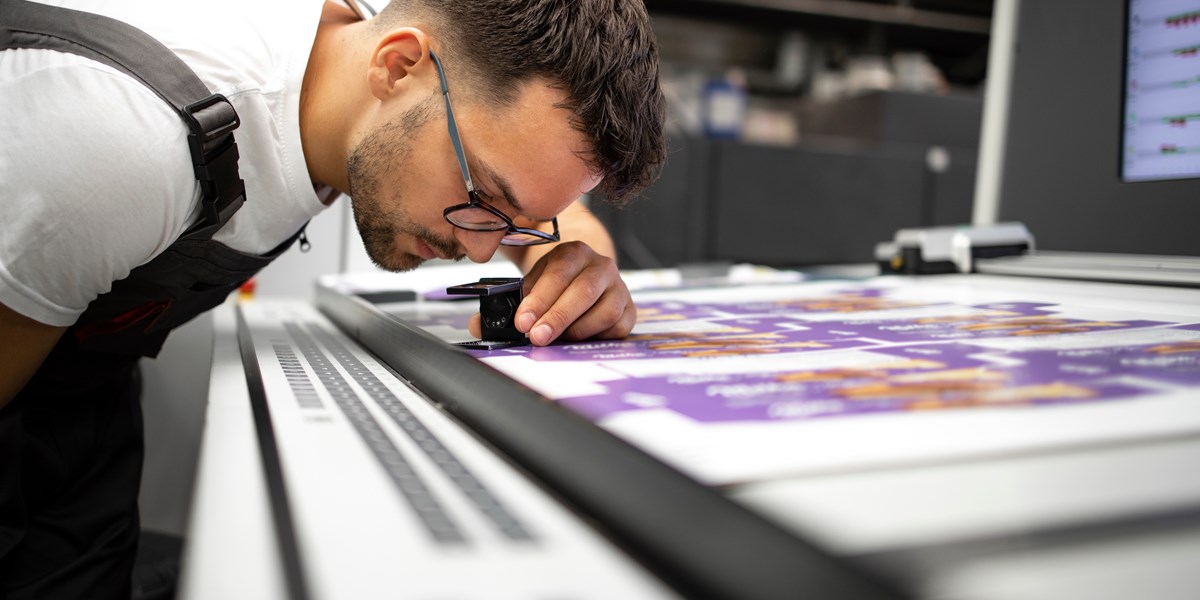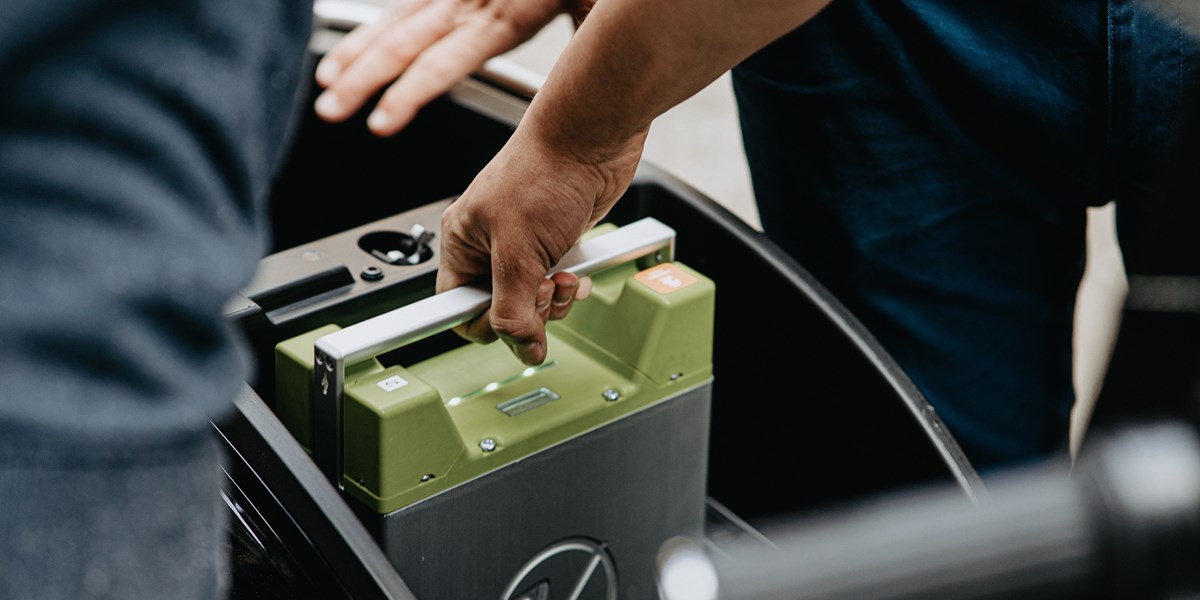The 2020 Tokyo Olympics and Paralympics have been unusual in many aspects, no doubt due to the pandemic, but the athletes’ sporting dedication remained unchanged.
As with all Olympics and Paralympics, it was not only a showcase of the fierce competition amongst the world’s best but also the use of new technological developments to obtain a winning edge.
One such development is the increasing use of graphene in sports equipment. Graphene is a material composed of a two-dimensional layer of linked carbon atoms, which gives it a unique range of properties such as high flexibility, hardness and high thermal and electrical conductivities, amongst others. The use of graphene in the world’s premier quadrennial international sporting event is not new, as the GB team won a bronze medal in skeleton at the 2018 Winter Olympics using a skeleton sled made of a graphene-enhanced composite material.
Since then, graphene is becoming a more common guest on the podium. Dutch cyclist Annemiek van Vleuten won a silver medal while wearing a shirt with printed graphene designed to distribute and dissipate body heat thanks to the high thermal conductivity of graphene. Similarly, South Korean archer Kim Je-deok won two gold medals using a graphene-enhanced bow that made use of graphene’s high flexibility.
In the future we can expect to see a greater use of graphene in sports. There are many opportunities for graphene to not only increase the performance of equipment by replacing, or combining with, current materials but also increase an athlete’s performance, e.g. through improved thermal management. It is also likely that graphene-based wearable sensors will be commonly used to help athletes and coaches improve performance tracking and training.
On the one hand, graphene-enhanced equipment could become the standard universally embraced amongst competitors as was the case with carbon fibre bicycles. On the other hand, if a particular graphene-enhanced equipment becomes too successful, it may end up being banned like Speedo’s record-breaking LZR Racer competition swimsuits.
However, regardless of what happens in the next Olympics and Paralympics, the new graphene-enhanced technologies developed for elite athletes are bound to trickle down to the larger recreational sports market when large scale manufacturing brings down costs in the future.
Designers and manufacturers must therefore strike a delicate balance between long term protection of their innovations and maintaining a competitive edge. Patents can provide up to 20 years of protection but patented inventions only remain confidential for a short period of time during the initial stages of the patent application phase. Relying on trade secrets may be more suitable to avoid alerting competitors about a new invention given that extensive testing and development is required before a competition but, depending on the nature of the invention, it may become vulnerable to copying once it is publicised.
To find out more about how IP can help you create commercial value from your advanced materials innovations, feel free to contact us at info@potterclarkson.com.







